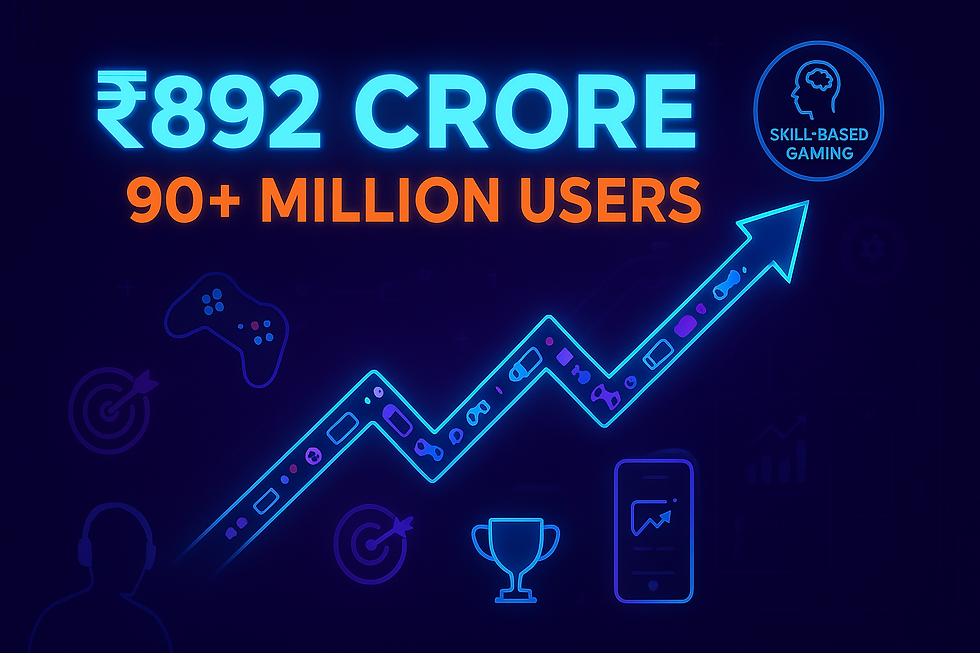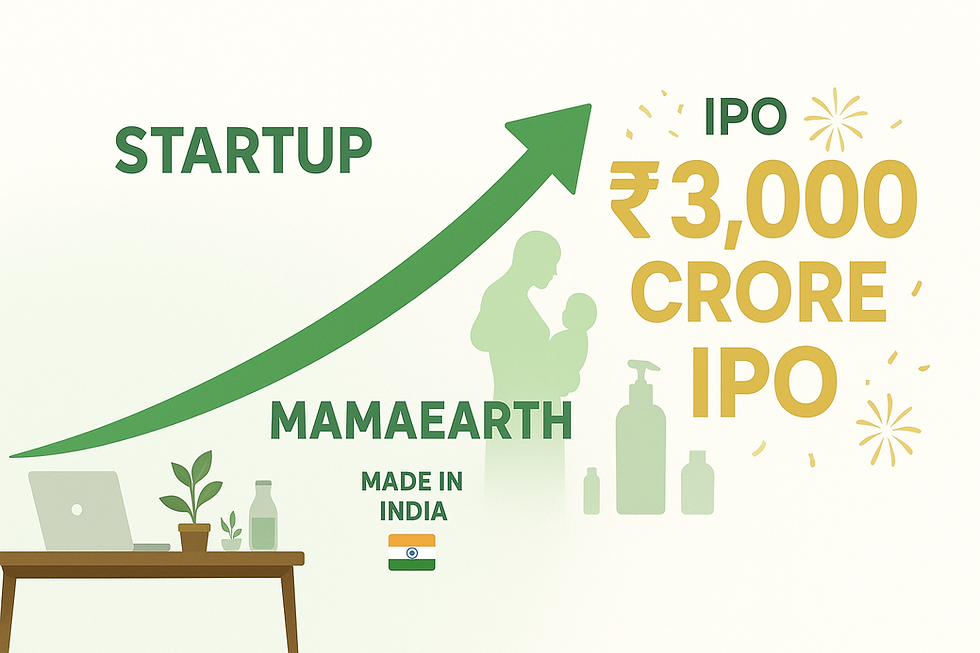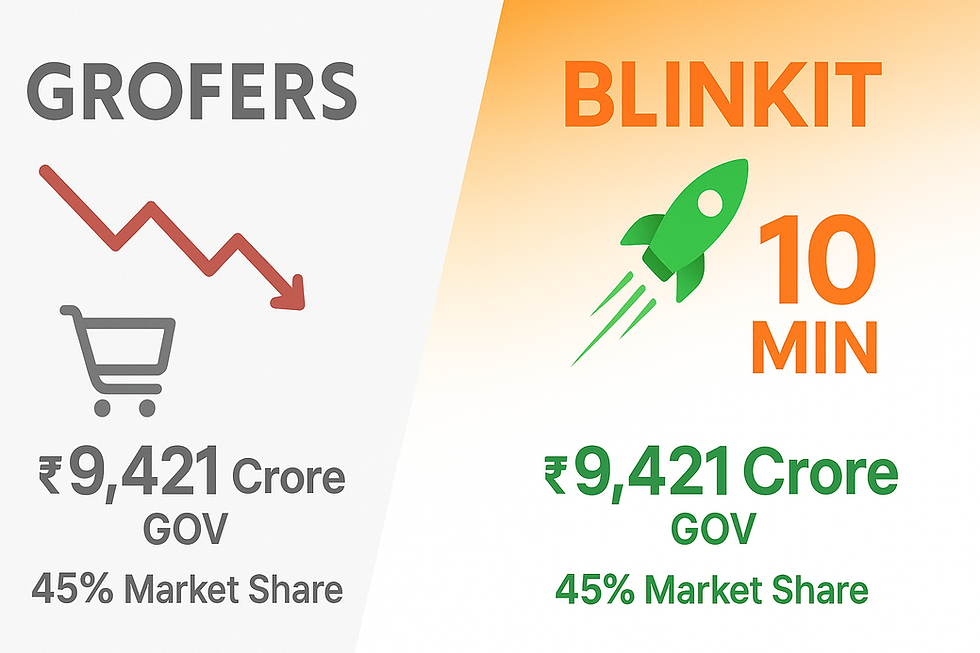How Zomato's Hyper-Local Targeting Strategy Conquered India's Food Delivery Wars
- Nayan Tomar
- Jun 10
- 4 min read

While Swiggy focused on speed, Zomato quietly built the most sophisticated location-based marketing engine in Indian e-commerce.
Reading Time: 5-7 minutes
The Silent Revolution in Food Delivery Marketing
In India's ₹5.5 lakh crore food delivery battleground, where platforms compete on delivery speed and discount depth, Zomato discovered something powerful: the customer's exact location matters more than how fast you can reach them. While competitors were racing against the clock, Zomato was mapping behavioral patterns down to individual neighborhoods, building what industry insiders now call the most advanced hyper-local targeting system in Indian digital commerce.

Today, this strategy has delivered results that speak volumes—Zomato commands a dominant 58% market share in Q1 FY25, with Swiggy trailing at 42%. But the real story isn't in these numbers. It's in how Zomato cracked the code of behavioral geo-intelligence to turn location data into competitive advantage.
How Zomato Weaponized Geography: The Hyper-Local Playbook

Neighborhood-Specific Customer Journey Mapping
Zomato's breakthrough came through AI-powered geo-targeting that creates millions of personalized advertisements tailored to specific regions, local areas, languages, restaurants, and even dishes. Unlike traditional demographic targeting, Zomato built what marketers call "micro-geographic personas"—understanding that a customer in Bandra's linking road behaves differently from someone in Andheri's business district, even though both are Mumbai millennials.
The platform analyzes multiple location-based signals:
Temporal patterns: Office areas peak at lunch; residential zones surge during evenings
Weather-triggered behavior: Monsoon spikes for comfort food; summer drives beverage orders
Local event correlations: Festival seasons, cricket matches, and regional celebrations
Socioeconomic micro-mapping: Average order values vary dramatically within 2-kilometer radiuses
AI-Driven Recommendation Engine
Zomato's AI recommendation engine suggests restaurants based on location, past orders, and trending spots nearby. This isn't just about "restaurants near you"—it's predictive commerce. The algorithm identifies intent signals before customers even realize their preferences:
Suggesting North Indian food near office complexes during lunch hours
Promoting dessert outlets near movie theaters during evening shows
Recommending health-conscious options in fitness-focused neighborhoods
Surfacing street food during late-night hours near college areas

The Marketing Psychology Behind Hyper-Local Success

Why Location-Based Targeting Outperforms Demographics
Traditional marketing segments customers by age, income, or lifestyle. Zomato discovered that immediate geographic context predicts purchasing behavior more accurately than demographic profiles. A 25-year-old software engineer behaves like a price-conscious student when ordering from his residential area, but like an expense-account executive when ordering to his corporate office.
This insight revolutionized their customer acquisition cost (CAC) optimization. Unlike other verticals, Zomato's HyperPure business refrains from offering discounts, keeping customer acquisition costs remarkably low. By targeting customers in specific contexts rather than broad demographics, Zomato improved conversion rates while reducing marketing spend.
Competitive Differentiation Through Contextual Relevance
Using AI technology, Zomato created geo-targeted advertising campaigns featuring celebrities like Hrithik Roshan and Ranveer Singh, with variables including dish names and restaurant names specific to different locations. These weren't just celebrity endorsements—they were contextually relevant recommendations that felt personal and immediate.
This strategy helped Zomato achieve 322.24 billion rupees ($3.82 billion) in gross order value last fiscal year, marking an average annual growth of 30% over the last four years.
When Hyper-Local Targeting Transforms into Market Dominance

Execution Excellence: From Strategy to Scale

Goldman Sachs estimates that Zomato now holds a 56-57% market share in the food delivery market, with growth rates consistently outpacing competitors. This dominance stems from systematic execution of hyper-local principles:
Restaurant Partner Optimization: Matching restaurant visibility with neighborhood preferences
Delivery Route Intelligence: Using location data to optimize logistics and reduce delivery times
Dynamic Pricing Models: Adjusting fees based on local demand patterns and competition density
Content Localization: Creating area-specific promotions and culturally relevant campaigns
The Network Effect of Geographic Intelligence

As of March, Zomato had roughly 247,000 average monthly active restaurant partners on its app, 18% higher than a year earlier. Each new restaurant partner feeds more data into Zomato's location-intelligence engine, creating a self-reinforcing competitive moat. The more restaurants in a specific area, the better Zomato understands local preferences, leading to higher conversion rates and more restaurant sign-ups.
Key Takeaways: The ROI of Hyper-Local Marketing

Quantifiable Business Impact
The numbers tell a compelling story about hyper-local targeting effectiveness:
Market Share Growth: Zomato's market share increased from 54% to 58% in one year
Revenue Efficiency: Food delivery business expects to grow 30% annually over the next five years
Operational Excellence: Reduced customer acquisition costs through better targeting precision
Customer Lifetime Value: Improved retention through contextually relevant recommendations
The Strategic Lesson for Modern Marketers
Zomato's hyper-local success reveals a fundamental shift in digital marketing: location context beats demographic targeting in mobile-first markets. As customers become more discerning and competition intensifies, the brands that understand micro-geographic behavior will capture disproportionate market share.
For marketing leaders, the Zomato playbook demonstrates that hyper-local targeting increases conversion rates by 3x when combined with behavioral data—not through luck, but through systematic application of location intelligence, AI-powered personalization, and contextual relevance.
In India's rapidly evolving digital ecosystem, Zomato proved that the shortest distance between a brand and its customer isn't a straight line—it's a precisely targeted geographic coordinate backed by behavioral intelligence.
Ready to revolutionize your location-based marketing strategy? Share your thoughts on how hyper-local targeting could transform your industry. What geographic insights are you missing that could unlock your next growth phase? Let's discuss in the comments below, and don't forget to subscribe for more deep-dives into winning marketing strategies from India's most successful startups.
Follow me for weekly insights into how Indian companies are rewriting the rules of digital marketing, one strategy at a time.

.png)



Comments